
Funaria is a genus of approximately 210 species of moss. Funaria hygrometrica is the most common species. Funaria hygrometrica is called “cord moss” because of the twisted seta which is very hygroscopic and untwists when moist. The name is derived from the Latin word “funis”, meaning "a rope". In funaria root like structures called rhizoids are present.
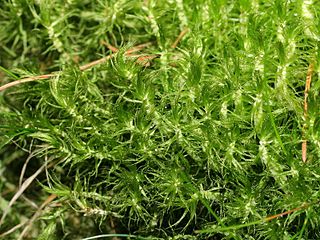
Dicranum is a genus of mosses, also called wind-blown mosses or fork mosses. These mosses form in densely packed clumps. Stems may fork, but do not branch. In general, upright stems will be single but packed together. Dicranum is distributed globally. In North America these are commonly found in Jack pine or Red pine stands.

Gymnostomum is a genus of bryophyte in family Pottiaceae. It was first described by Christian Gottfried Daniel Nees von Esenbeck and Christian Friedrich Hornschuch

Grimmia is a genus of mosses (Bryophyta), originally named by Jakob Friedrich Ehrhart in honour of Johann Friedrich Carl Grimm, a physician and botanist from Gotha, Germany.
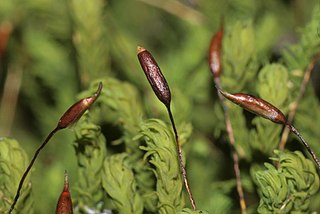
Anomodon is a genus of mosses in the family Thuidiaceae.

Ditrichum is a genus of haplolepideous mosses (Dicranidae) in the family Ditrichaceae.

Racomitrium is a genus of mosses in the family Grimmiaceae established in 1818 by Samuel Elisée Bridel-Brideri. It contains the following species:
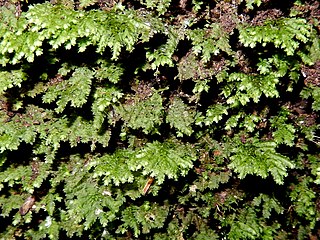
Hypopterygium is a genus of moss in the family Hypopterygiaceae. It contains the following species:

Thuidium is a genus of moss in the family Thuidiaceae. The name comes from the genus Thuja and the Latin suffix -idium, meaning diminutive. This is due to its resemblance to small cedar trees.

Pohlia is a genus of mosses in the family Mniaceae, found on all continents including Antarctica. Some of its species are native to multiple continents. The center of diversity is the Northern Hemisphere.

Didymodon is a genus of mosses belonging to the family Pottiaceae. The genus has a cosmopolitan distribution.

Neckera is a large genus of mosses belonging to the family Neckeraceae. The genus was first described by Johann Hedwig. The genus has a cosmopolitan distribution.

Plagiothecium is a genus of moss belonging to the family Plagiotheciaceae. It has a cosmopolitan distribution.

Rhynchostegium is a genus of pleurocarpous mosses belonging to the family Brachytheciaceae. The genus has a cosmopolitan distribution across different climatological regions except the polar regions, mostly in tropic to north temperate regions. The genus contains both aquatic and terrestrial species. The genus was named for their rostrate opercula. The type species of this genus is Rhynchostegium confertum (Dicks.) Schimp.
Campylium is a genus of mosses belonging to the family Amblystegiaceae.
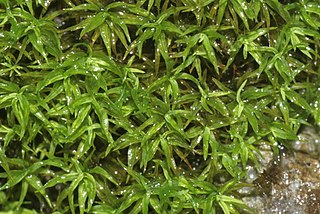
Trichostomum is a genus of mosses belonging to the family Pottiaceae.
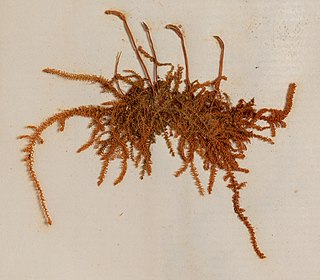
Racopilum is a genus of mosses belonging to the family Racopilaceae.
Pylaisia is a genus of mosses belonging to the family Pylaisiaceae.

Ptychostomum is a genus of mosses belonging to the family Bryaceae. It has an almost cosmopolitan distribution.

















